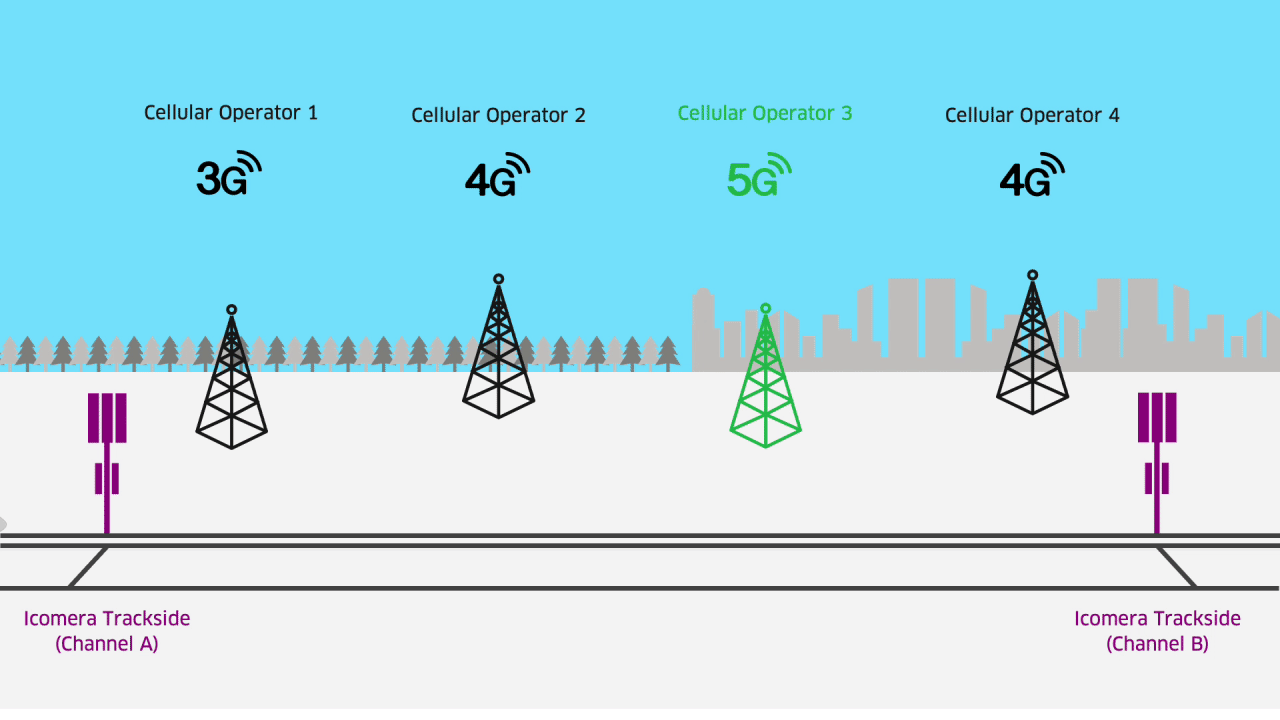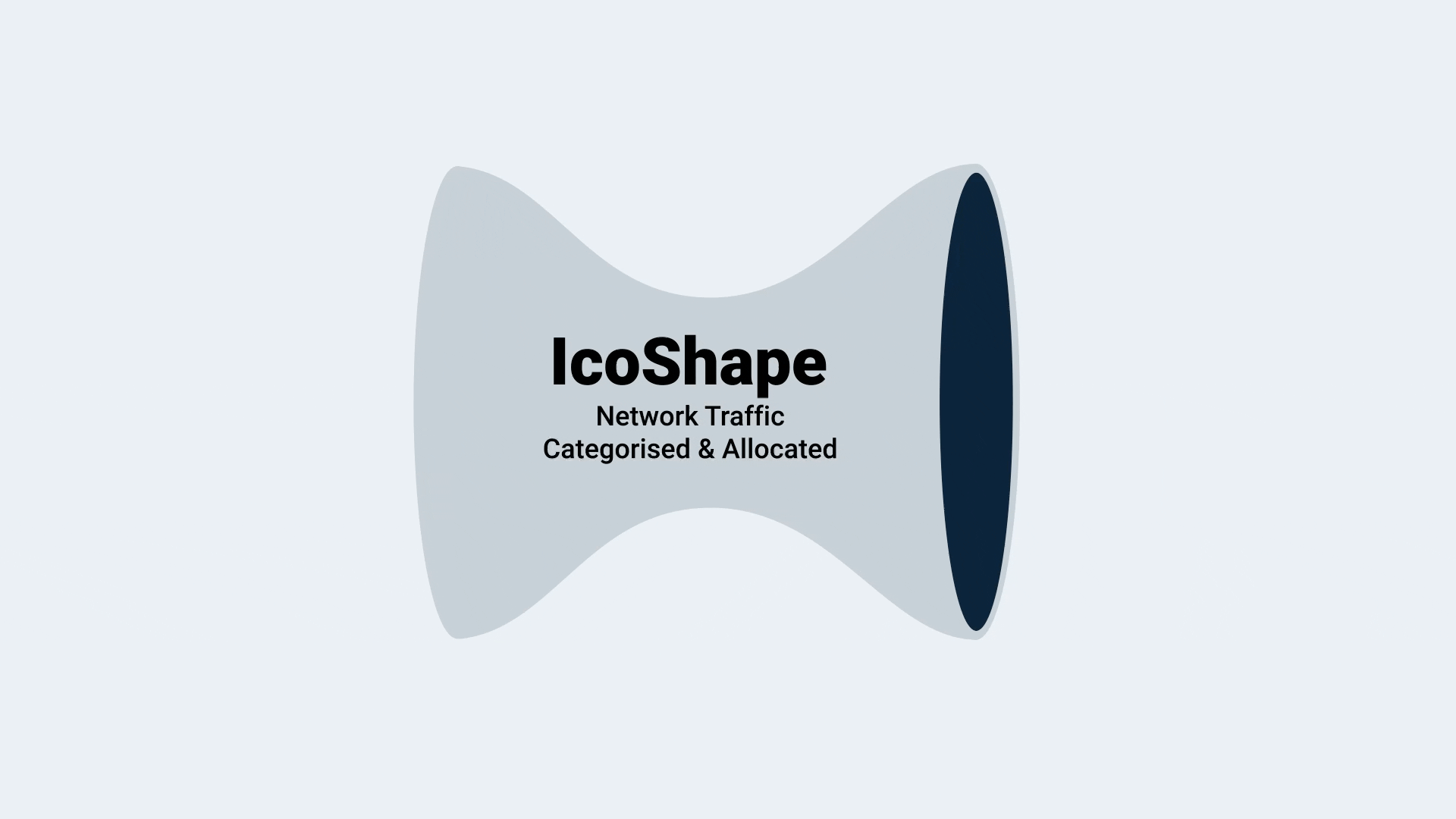When thinking about Internet connectivity on public transport vehicles, Passenger Wi-Fi has long been seen as the obvious application. The reality, however, is that a plethora of onboard systems need connectivity to deliver benefits to transport operators and passengers.
Recent studies have revealed the factors that are most important to passengers in the current climate1and in order of perceived importance, these factors include:
-
-
- Value for money
- Reliability & punctuality
- Accurate and timely information about train times
- Getting a seat
- Personal security on the train
-
The tools and technologies that are being adopted by the industry to deliver on these priorities have one thing (directly or indirectly) in common: Data.
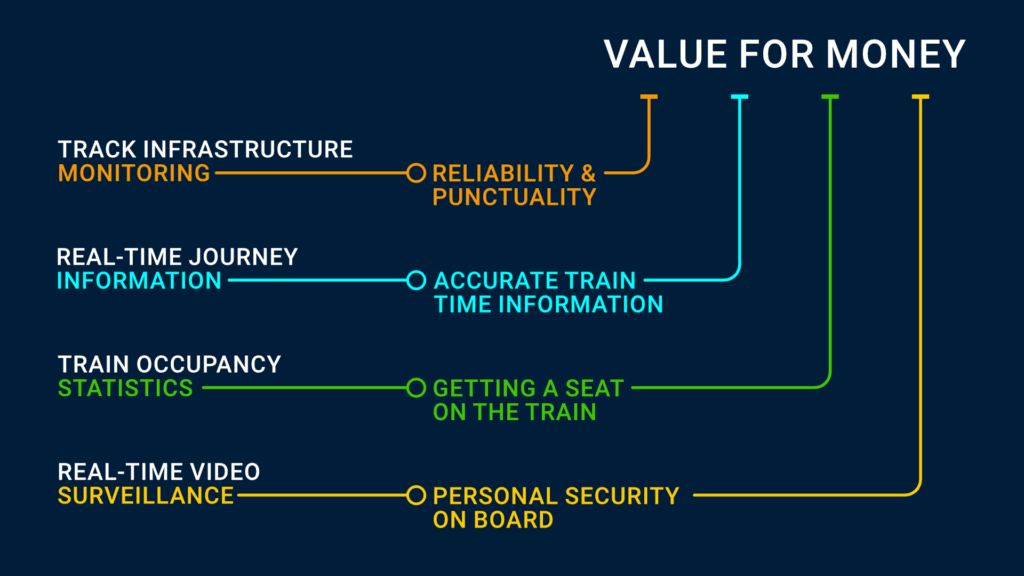
Data from onboard sensors measuring the condition of assets and infrastructure along a route, supporting a ‘predict and prevent’ maintenance strategy for more reliable, punctual services overall…
Data for passenger information, helping them to plan or modify their routes based on the latest expected arrival times and vehicle occupancy levels…
Data streamed from onboard video surveillance systems, enabling security teams to make faster, more appropriate responses to incidents…
…All feeding into passengers’ top priority of seeing better value for money from the rail industry.
Clearly then, the return on investment in technologies and approaches that connect operators and their passengers to data, can be measured against multiple business cases simultaneously. But which connectivity technology and approach presents the soundest investment?
Cellular Network Connectivity – Challenges
The use of cellular networks for connectivity has traditionally been facilitated by a direct connection from a device to a Mobile Network Operator (MNO)’s nearest available cell tower. In a public transport vehicle setting, however, this presents a challenge as singular MNOs are generally unable to cover entire transport routes, particularly those that pass through rural areas, resulting in sparse network coverage and low capacity.
Geographical patches of poor coverage and capacity (sometimes referred to as “not-spots”) lead to variations in the strength and stability of the Internet connection, causing data packets to be delayed or lost in transfer. Unreliable connectivity is a significant concern for increasingly critical digital onboard systems.
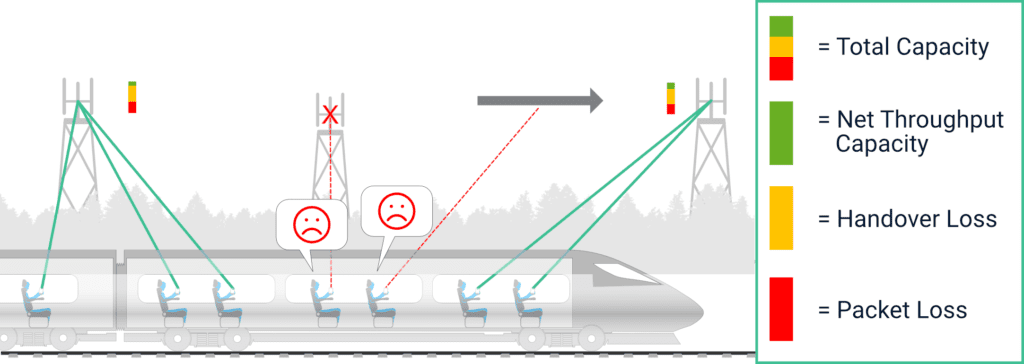
Additionally, even where there is coverage, the metallic construction of public transport vehicles tends to block electromagnetic signals, shielding equipment, staff, and passengers from all but 0.1% of external Radio Frequency (RF) signals – known as the “Faraday cage effect”. This issue makes it very difficult for devices located within the vehicle to directly connect to cellular towers along the route.
Read more about these challenges in our article on ‘Designing for 5G’.
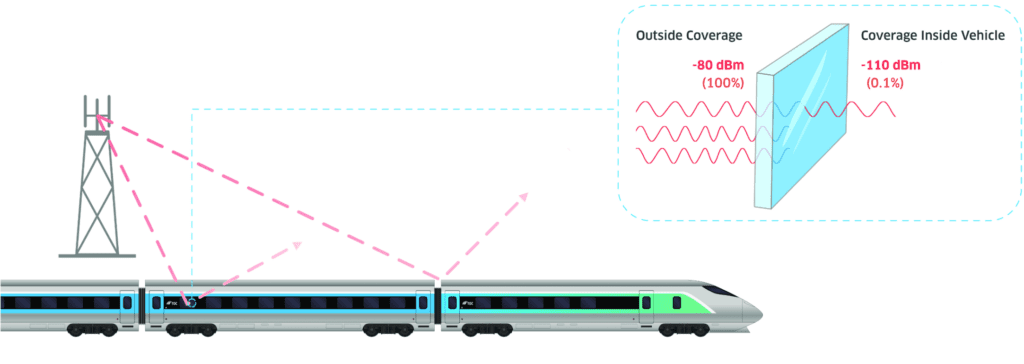
So, What is Being Done to Combat These Challenges?
If we look at Europe as an example, regulatory bodies in Germany and Sweden have committed to the implementation of a new digital strategy for their citizens and are enforcing the provision of improved cellular coverage and capacity of both 4G and 5G networks along major train routes. It is also a possibility that several other European regulators may follow suit, potentially improving connectivity across several nations within the continent.
To combat the Faraday cage problem, generous subsidies have been offered for the integration of RF-transparent windows (which allow more radio signals in and out of carriages) into all future trains being built for the European market.
These two improvements will require no additional expenditure for transport operators on top of the purchase price of vehicles and will act to provide better connectivity for vehicles and passengers alike.
Does this mean that the development of cellular networks and inclusion of RF-transparent windows on trains is the final word in delivering the best possible value for money for passengers and operators alike, with no further action required?
In a word, no.
These developments are welcome, but, by themselves, do not fully resolve inherent drawbacks that still need to be addressed before transport operators can fully deliver on their passengers’ priorities.
Problem: Developing Cellular Networks is Expensive, Slow, and Will Remain Patchy
The time and financial cost of developing high-capacity cellular networks that span entire long-distance routes is considerable. Price comparison platform Verivox found in a recent survey that “62 percent of commuters in Germany often or very often have network problems”2, showing that improvement works are still ongoing six years after the German government first put plans in place to improve networks along public transport routes.
So, while coverage and capacity may be bolstered along shorter, urban routes, “not-spots” are likely to remain on longer routes that pass through rural/sparsely populated areas. Combined with the fact that every train carrying passengers places a large, sudden load of hundreds of connection requests on already strained cell towers, unstable connectivity and data packet delay/loss as vehicles pass through different network coverage areas is inevitable.
Solution: Onboard Connectivity Platforms are Inexpensive & Quick to Install
The problem of cellular “not-spots” is resolved by onboard connectivity gateways that can aggregate all available capacity from all MNOs along the route, such as Icomera’s SureWAN™ algorithm. These platforms allow all onboard devices and systems connected to the vehicle’s onboard network to continue running efficiently, as the otherwise large number of devices requesting connections are condensed into a single data stream, allowing for better connectivity for all.
Onboard connectivity platforms present a tiny fraction of the cost of building out cellular networks and are much quicker to fully install and upgrade. It is important to note that improving the capacity of cellular networks also significantly improves the quality and experience of the onboard platform, meaning that operators and their passengers would be able to benefit from greatly improved connectivity quickly now and see that performance improve even further as cellular networks – and other communication technologies like trackside and satellite networks – continue to mature.
Problem: No Control Over Your Own Network & Devices
It is difficult to imagine a transport operator running a network of vehicles that they are unable to track, control, or maintain. The same can be said for the onboard networks on these vehicles! By relying on direct connections to MNOs from passenger & vehicle devices, transport operators are not in control of the data usage on their trains, resulting in a range of systems and devices all competing for the same bandwidth with no opportunity to intervene, improve efficiency, or balance data loads based on who or what is using the network.
Solution: Consistent, Operator-Controlled Onboard Networks
Onboard connectivity platforms give operators control over their networks and how data is used by passengers, staff, and onboard systems – Something which is not possible when relying on MNO-owned networks.
Whereas cellular networks must provide an acceptable service for a large number of users, onboard networks allow operators to use data traffic management tools to prioritise certain types of network traffic – delivering an excellent experience for passengers, while ensuring that more critical applications, such as staff communications, real-time digital video surveillance, and even signalling are prioritised when needed.
Conclusion: Delivering on Passenger Priorities by Combining All Available Options
The use of onboard connectivity platforms in conjunction with planned improvements to cellular networks, and technological upgrades to vehicles themselves, will always provide better overall connectivity as well as value for money for both passengers and operators.
To quote a study conducted by the UK’s Department for Transport, in its goal of understanding the practical and technical barriers to improving connectivity on the railway: “ultimately a combination of interventions may be required [to improve connectivity on the railway], including addressing external ‘not spots’, revising minimum external signal strength guidelines, through to building dedicated infrastructure and developing and deploying ‘technology agnostic train-borne gateway solutions.”3
In summary, onboard connectivity platforms can help create more efficient and effective channels for data that the operator has full control over, are available without the wait, and can serve even the most complex and demanding digital ecosystems, while offering a passenger Wi-Fi service for minimal additional investment & effort.

